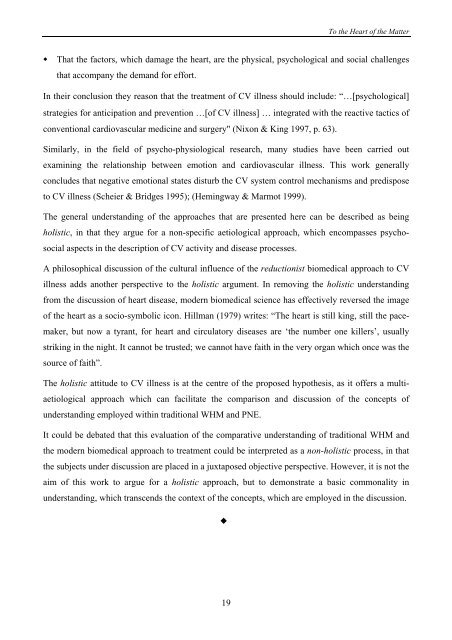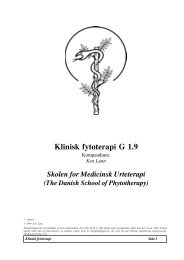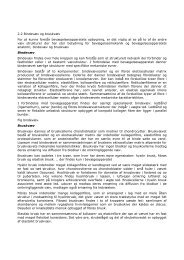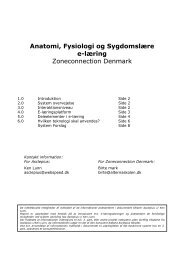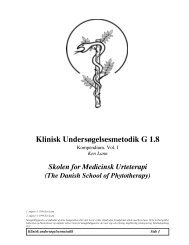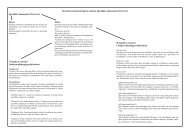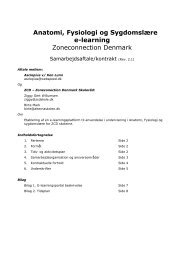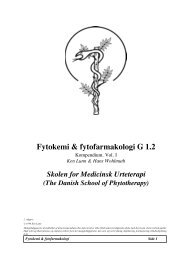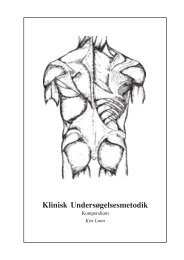PDF File - Asclepius Herbal Consultancy
PDF File - Asclepius Herbal Consultancy
PDF File - Asclepius Herbal Consultancy
Create successful ePaper yourself
Turn your PDF publications into a flip-book with our unique Google optimized e-Paper software.
To the Heart of the Matter<br />
That the factors, which damage the heart, are the physical, psychological and social challenges<br />
that accompany the demand for effort.<br />
In their conclusion they reason that the treatment of CV illness should include: “…[psychological]<br />
strategies for anticipation and prevention …[of CV illness] … integrated with the reactive tactics of<br />
conventional cardiovascular medicine and surgery" (Nixon & King 1997, p. 63).<br />
Similarly, in the field of psycho-physiological research, many studies have been carried out<br />
examining the relationship between emotion and cardiovascular illness. This work generally<br />
concludes that negative emotional states disturb the CV system control mechanisms and predispose<br />
to CV illness (Scheier & Bridges 1995); (Hemingway & Marmot 1999).<br />
The general understanding of the approaches that are presented here can be described as being<br />
holistic, in that they argue for a non-specific aetiological approach, which encompasses psycho-<br />
social aspects in the description of CV activity and disease processes.<br />
A philosophical discussion of the cultural influence of the reductionist biomedical approach to CV<br />
illness adds another perspective to the holistic argument. In removing the holistic understanding<br />
from the discussion of heart disease, modern biomedical science has effectively reversed the image<br />
of the heart as a socio-symbolic icon. Hillman (1979) writes: “The heart is still king, still the pace-<br />
maker, but now a tyrant, for heart and circulatory diseases are ‘the number one killers’, usually<br />
striking in the night. It cannot be trusted; we cannot have faith in the very organ which once was the<br />
source of faith”.<br />
The holistic attitude to CV illness is at the centre of the proposed hypothesis, as it offers a multi-<br />
aetiological approach which can facilitate the comparison and discussion of the concepts of<br />
understanding employed within traditional WHM and PNE.<br />
It could be debated that this evaluation of the comparative understanding of traditional WHM and<br />
the modern biomedical approach to treatment could be interpreted as a non-holistic process, in that<br />
the subjects under discussion are placed in a juxtaposed objective perspective. However, it is not the<br />
aim of this work to argue for a holistic approach, but to demonstrate a basic commonality in<br />
understanding, which transcends the context of the concepts, which are employed in the discussion.<br />
<br />
19


